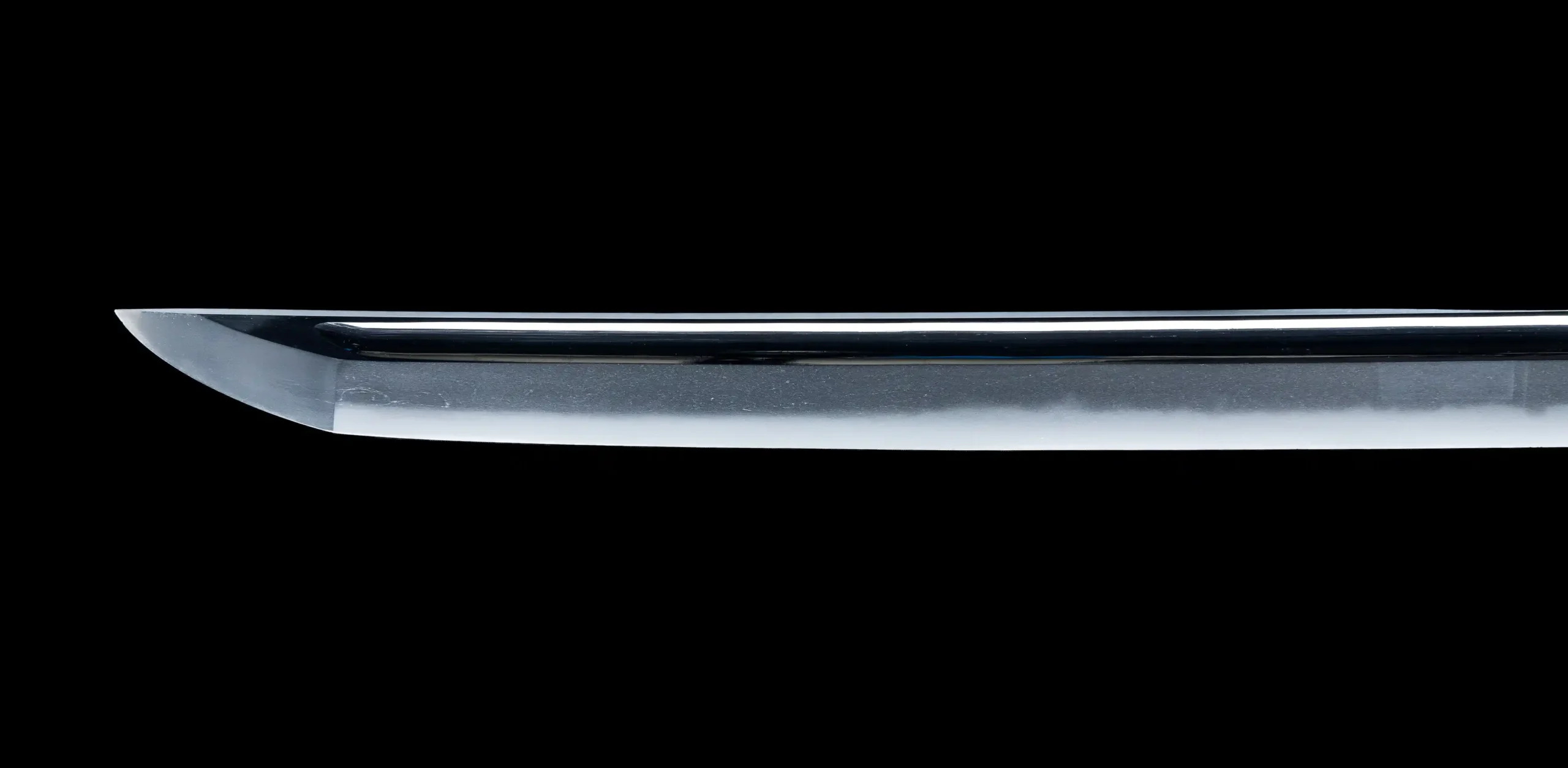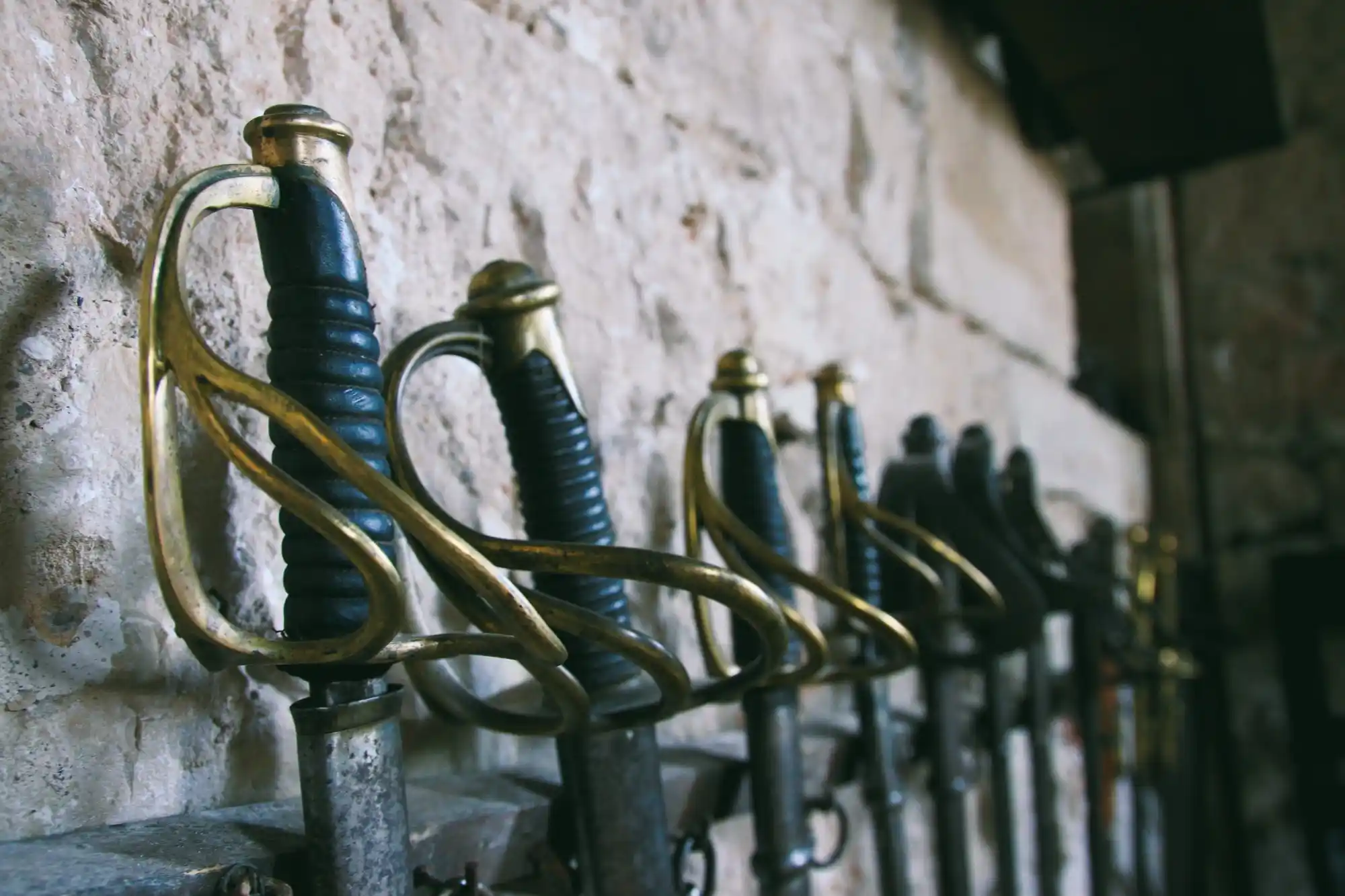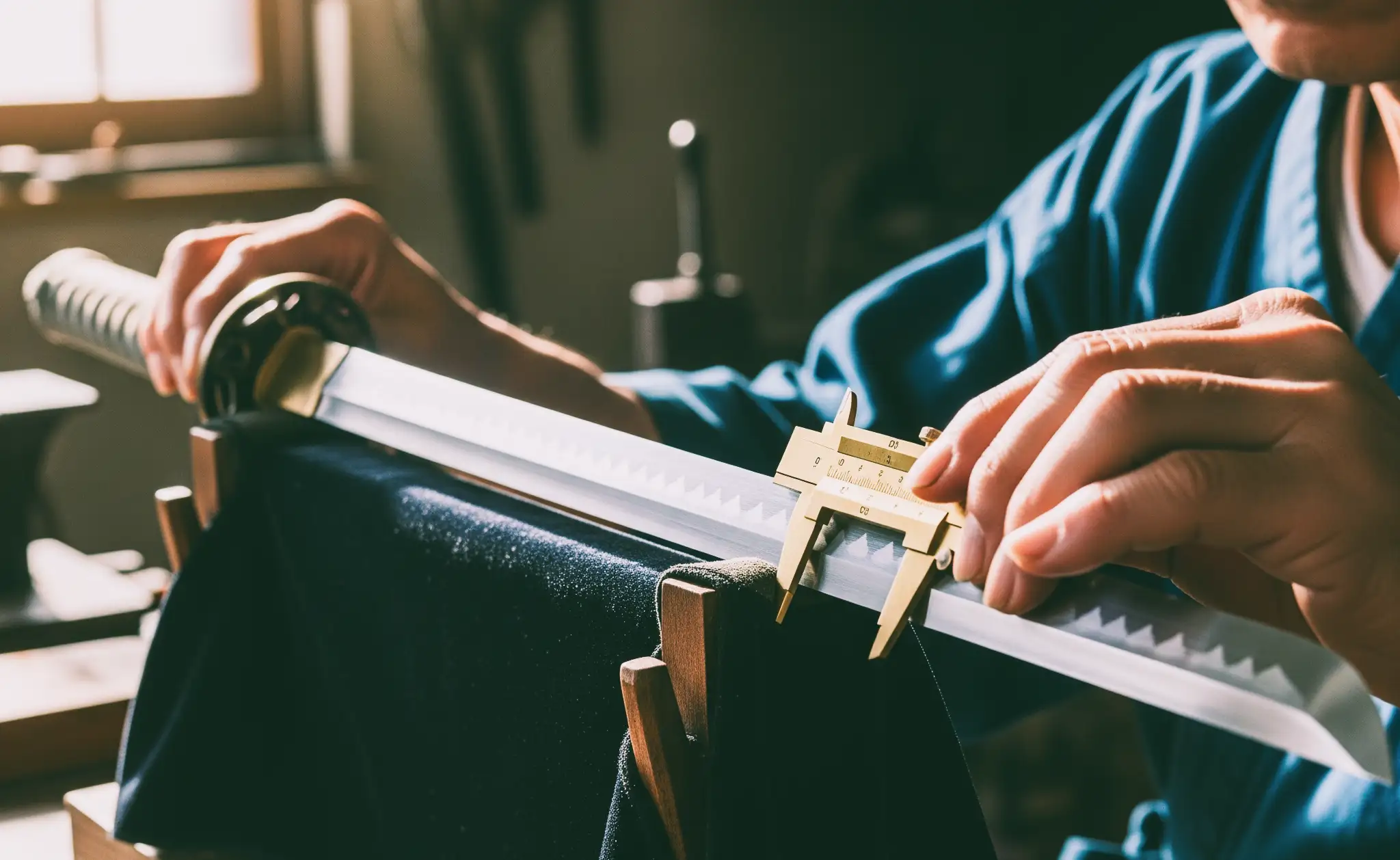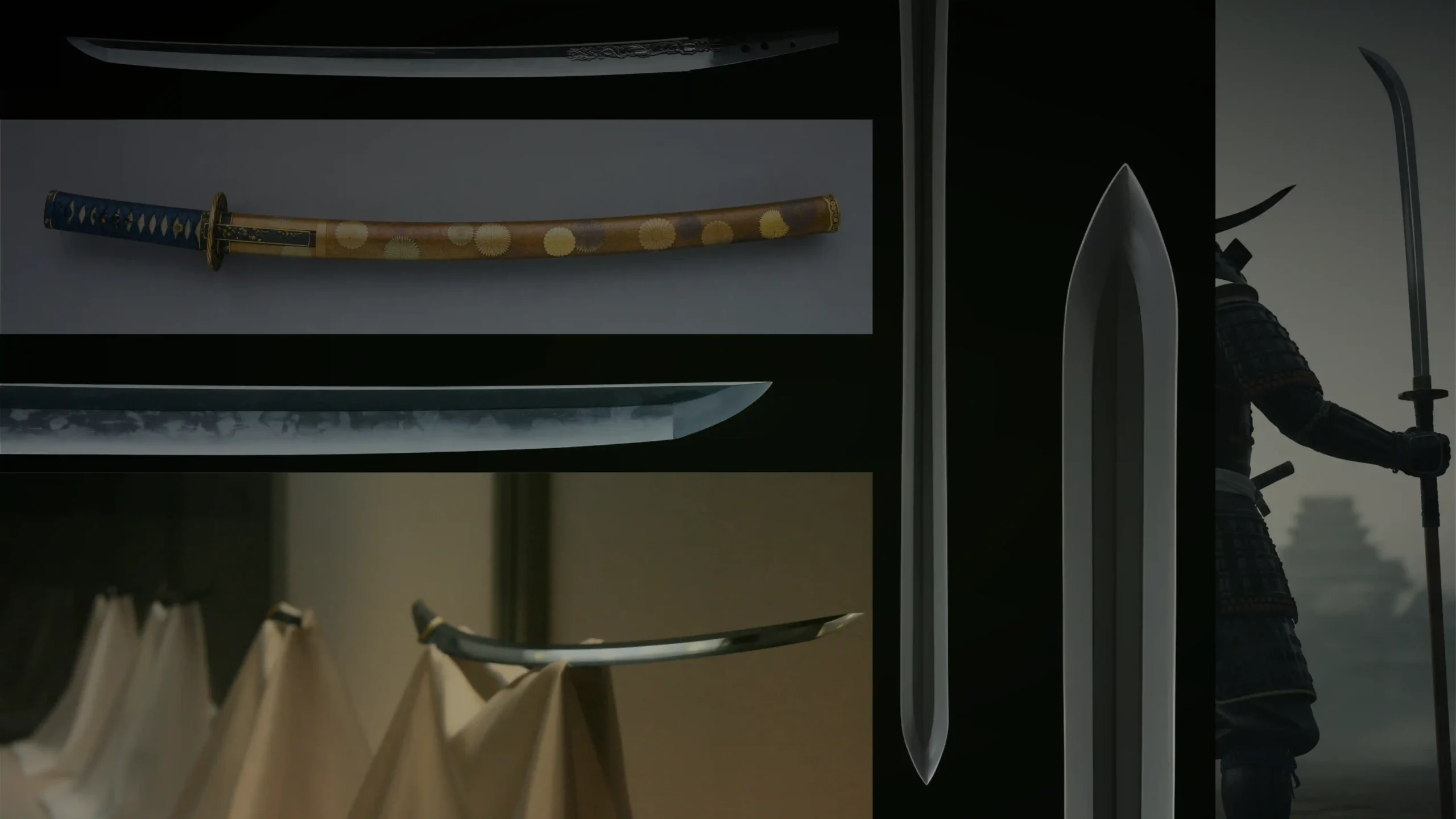We may earn revenue from the products available on this page and participate in affiliate programs. Learn more >
Both samurai swords and ninja swords are traditional Japanese sword types used in different ways. In fact, samurai used several types of swords, and one of the most well known is the katana, while the ninja sword is called the ninjato. In this article we compare the samurai sword vs ninja sword (katana vs ninjato), highlighting their similarities, differences, and uses.
Samurai vs Ninjas
Both swords were used in feudal Japan, but by different groups. Let’s take a deeper look at who these groups were:
Samurai
Samurai were soldiers, or more specifically, the military nobility in feudal Japan. They were seen as the elite warriors and higher-ranking members of society during those times.
Their main duties included serving their lords (daimyos) and protecting their domains. These warriors adhered to the bushido code, which emphasized virtues such as honor, discipline, loyalty, and martial prowess.
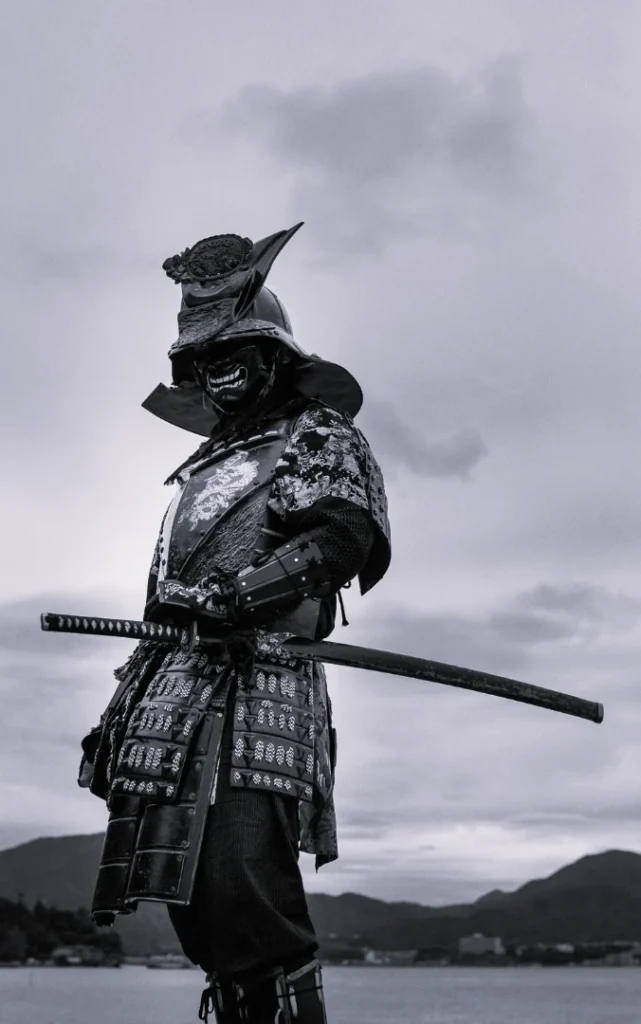
Primarily they used katanas in battlefield combat and duels, for close-quarters fighting or personal defense.
Beyond their primary uses, they were also used in ritual suicide (seppuku) to restore honor, in ceremonial practices, and as a display of social status.
Warriors of this class carried their sword at all times, as it was a symbol of their rank and identity. It was considered dishonorable for a samurai to leave their sword behind.
Fact: Samurai were known to test the sharpness of their katanas on the bodies of executed criminals or fallen enemies.
Ninjas
When you think about ninjas, you might envision them in all-black sneaking suits, but based on our research, this image is more of a film creation designed to make them look cool and interesting.
Ninjas (known as shinobi), were covert agents and mercenaries in feudal Japan. They were often recruited from lower social classes and specialized in espionage, sabotage, guerrilla warfare, and assassinations.
Unlike the image of martial arts experts, ninjas were more skilled in spycraft. This was before the Sengoku period; then, as clans formed, they began training in various forms of combat, including unarmed techniques and weapons skills.
In reality, they dressed to blend in with their surroundings. Their clothing was practical and designed not to draw attention.

Instead of an all-black outfit, they wore clothing that suited the environment of their mission. This could include disguises as farmers, monks, merchants, or even samurai.
But, how did ninjas use their swords? The purpose of using ninjatos included stealth operations, silent kills, and practical tasks like climbing walls, prying open doors, and other survival activities.
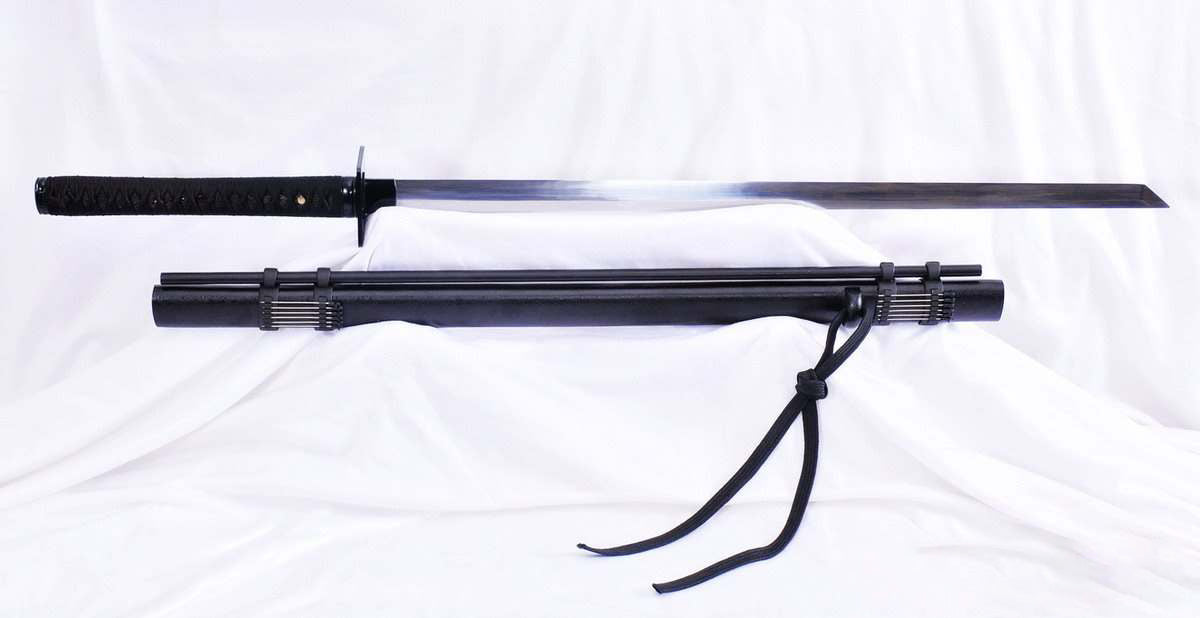
Their small size made them easy to carry and hide, which helped with moving quickly and staying flexible.
Unlike samurai, they didn’t carry their swords all the time. They only took them on missions, and because they were just simple tools to them, they could leave them behind if needed.
Fact: Ninjas often used the scabbard of their blades as a multipurpose tool, including as a breathing tube underwater or as a step for climbing walls.
Similarities and Differences

As mentioned in our previous article, Samurai Sword vs Katana, samurais used various type of swords. They were made using the same meticulous techniques and were carefully designed, often featuring elegant details.
Ninjatos were a lot simpler. Their design was focused on practicality and covering as many uses as possible. But what are the differences between a ninjato replica and a samurai sword and how to tell if the sword you’re looking at is a katana or ninjato?
Blade
Swords used by samurais varied in lengh, ranging from longer like the tachi and nodachi to shorter like the wakizashi and katana(see, katana length and dimensions). The blade was single edged and curved. Materials used to create these weapons was tamahagane, a high-quality steel produced from iron sand (satetsu).
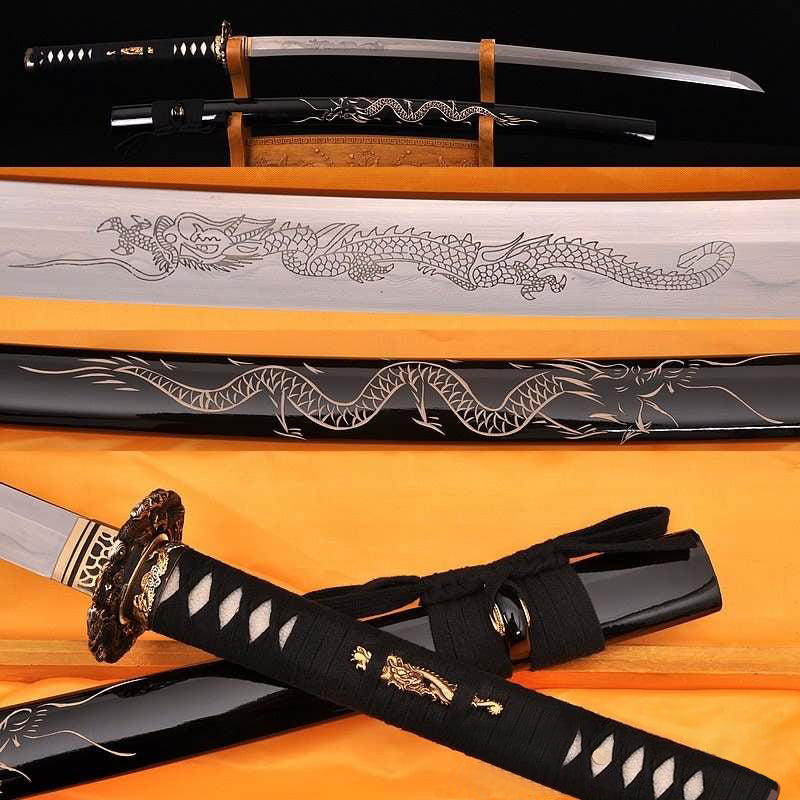
Ninjatos feature a shorter (like a wakizashi), single-edged, straight blade with a slight curve near the tip. Some were made from various forms of high-carbon steel. However, they were usually not crafted using the labor-intensive and high-quality tamahagane.
Hilt and Guard (Tsuba)
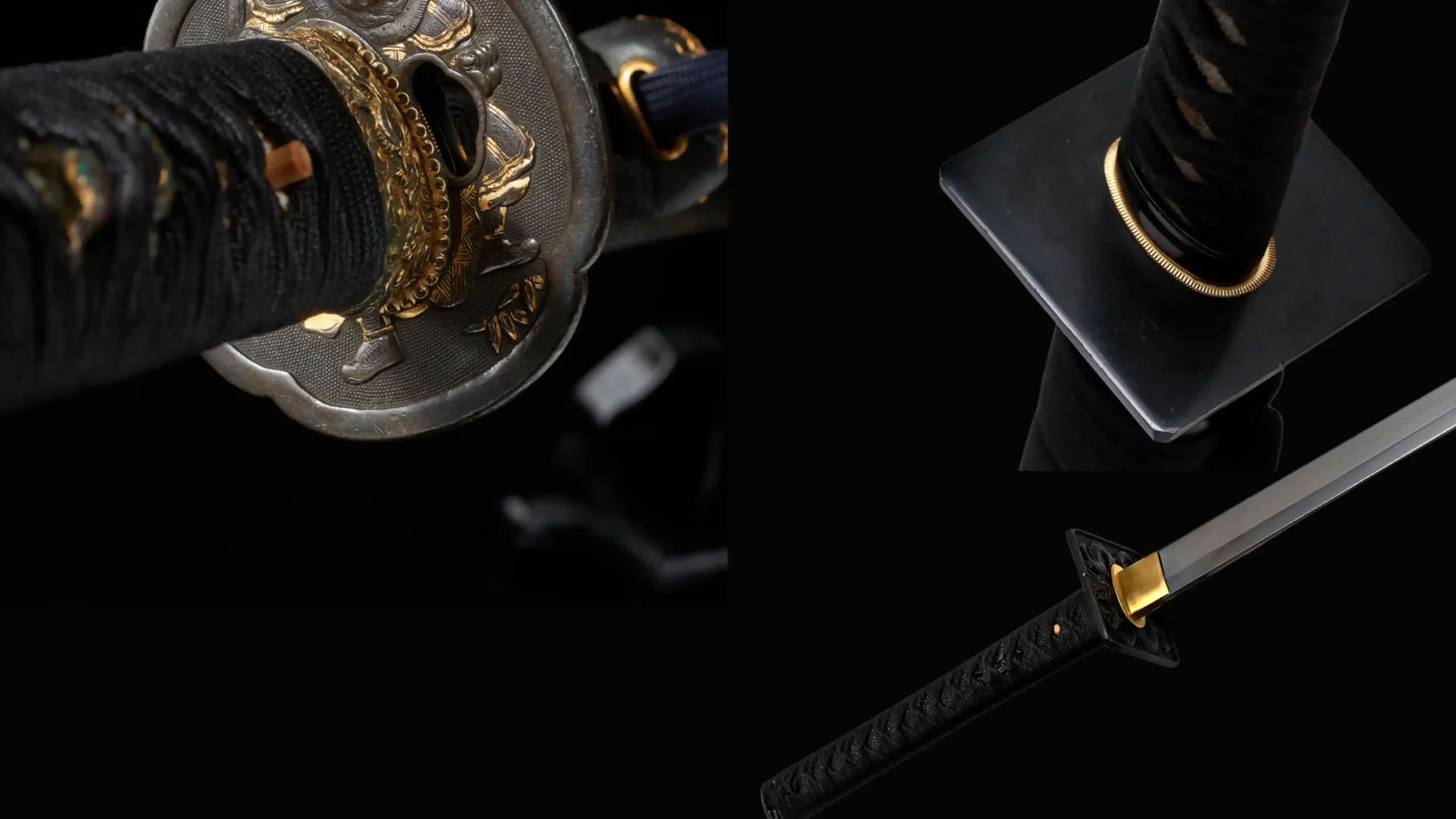
One notable feature of katanas is the complexity and fine details of the guard (tsuba). Despite their beautiful details, the guard is designed to be highly durable and functional.
In contrast, the hilts of ninjatos are more utilitarian. For them, the design prioritizes practicality and functionality over intricate details. Basic materials were used to create a functional sword, and the tsuba was typically a simple, square guard without any adornment.
The comparison focuses on the designs from that era. In modern times, replicas are created with key characteristics in mind (e.g., straight blades for ninjatos, hand-and-a-half grips for bastard swords etc..). However, additional details may not always be historically accurate.
Crafting Samurai Swords vs Ninja Katana
Crafting a traditional samurai sword, such as a katana, typically takes one to three months. The process involves smelting iron sand into tamahagane steel, forging and folding the blade for strength, and applying differential hardening for its signature curve.
The blade is then polished, and the fittings like the tsuba and tsuka are made. Finally, everything is assembled.
So basically, making a samurai sword required a lot of time and effort, while long, careful processes were not applied to ninjatos. They were typically more utilitarian and made with simpler methods and materials.
The quality, the details, and the time invested in production lead us to a key question: which holds more value?
Comparing the Value
There is a huge difference in value for both Japanese sword types. Samurai swords have been carefully preserved and handed down through generations, significantly increasing their historical and monetary value.
Historical pieces can go up to $100k, depending on the condition and the rank of the original owner. For ninjatos, there was no symbolic value, so they were not inherited or stored.
Nowadays, if you want a replica, you’ll find them priced almost the same, whether it’s a battle-ready katana or ninjato, largely due to the materials used. The best samurai swords have a high price for quality blades, but if you’re looking for affordable options or swords for specific purposes, we’ve already listed some of the best options for different needs.
Katana vs Ninjato in Modern Days
In modern days, the katana is primarily associated with martial arts like laido and kendo, where you can learn how to use a katana following traditional techniques and practice their sharp blades in cutting exercises. It also serves as a collector’s item or simply as a striking decorative piece, admired for its craftsmanship or even considered for home defense.
In contrast, while lacking historical authenticity, the ninjato is often favored in films, pop culture, cosplay, and modern reinterpretations of ninja weaponry. Since in modern times they are almost the same, enthusiasts often prefer a sword with a straight blade and a simpler square tsuba, while remaining fully functional. They also make great practical tools for various tasks and are excellent swords for self-defense.
Last Words
In conclusion, these weapons continue to captivate modern enthusiasts with their blend of functionality, history, and cultural appeal. Whether used for practice, display, or personal defense, they serve as a testament to the craftsmanship and versatility that have kept them relevant through the ages.
Want to see more specific comparisons? We’ve got a few others for you.


